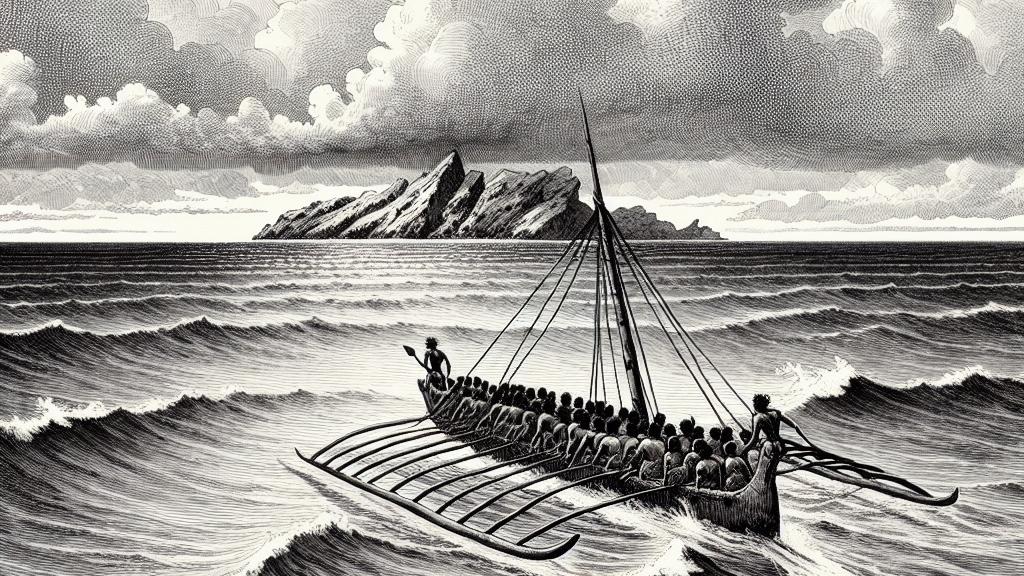Exploring the Southern Limits of Polynesian Seafaring
Overview
- Polynesian seafarers, celebrated for their remarkable navigation, ultimately did not reach Antarctica.
- Enderby Island is recognized as the southernmost site of confirmed Polynesian habitation.
- Research reveals the formidable environmental challenges that limited their explorations into southern latitudes.

The Daring Navigators of Polynesia
Polynesian navigators were nothing short of extraordinary, mastering the vast and unpredictable Pacific Ocean long before modern tools guided explorers. With their sophisticated double-hulled canoes, they sailed across thousands of miles, discovering remote islands like the isolated Easter Island, located an astounding 2,300 miles from the coast of South America. Their journeys symbolize a unique blend of bravery and skill, prompting a captivating question: How far south did these intrepid voyagers actually travel? Archaeologists have zeroed in on Sandy Bay, located on Enderby Island, which lies about 500 km south of Stewart Island in New Zealand. This unique site provides invaluable insights into the sea-faring traditions of these ancient explorers.
Unearthing the Past at Sandy Bay
Excavations at Sandy Bay have revealed significant archaeological treasures, including cooking materials and remnants of sea life that paint a vivid picture of Polynesian life. Through meticulous radiocarbon dating, researchers determined that occupation likely occurred between AD 1250 and 1320, aligning with known colonization trends in the Pacific. What makes this discovery particularly intriguing is the evidence suggesting a fleeting presence; although human artifacts were found, the local vegetation showed little sign of severe alteration from human activity. This delicate balance hints at a mobile lifestyle adapted to the challenges of a harsh environment, where explorers moved periodically to glean resources without depleting them completely.
Navigational Boundaries and Environmental Challenges
The notion that Polynesian navigators could have reached the shores of Antarctica evokes a sense of awe, yet the reality presents monumental obstacles preventing such a venture. Imagine the daunting 2000 km journey filled with tumultuous seas and the ever-present threat of icebergs—a feat that would test even the hardiest of seafarers today. The practical challenges are exacerbated by the harsh conditions of the Southern Ocean, which would have made it difficult to maintain warmth, procure enough food, and ensure the seaworthiness of their craft. Consequently, findings at Enderby Island solidify its status as the southernmost point of Polynesian habitation, recontextualizing our understanding of their explorative boundaries while still celebrating their exceptional seafaring capabilities amid formidable natural limitations.

Loading...